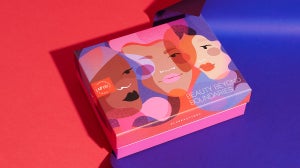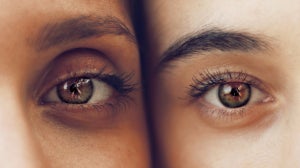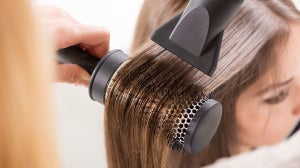
The beauty world has been buzzing about facial cleansing brushes, and they have now become a skin care staple for beauty lovers all over the internet. But, with so many choices on the market, it can be hard to know which one to go for. We put together a guide so you can find the brush that is best for you before taking the plunge into the world of cleansing tools.
What does a Facial Cleansing Brush Do?
Cleansing brushes are all aimed at the same thing: cleansing the skin. They have been proven to cleanse more deeply and effectively than just hands and cloths alone, making them a must-have beauty gadget for most skin care lovers. While there are different types of cleansing brushes— think silicone, nylon, or charcoal— there is one in particular that we've been using the most: sonic facial cleansing brushes.
Why Go for a Sonic Facial Cleansing Brush?
'Sonic’ refers to cleansing brushes that use oscillation (also known as vibration) to cleanse the skin. Different than rotating brushes, which spin rather than vibrate, sonic-powered brushes help to push dirt and grime out of the pores for deep cleansing without harsh exfoliation. All of the brushes below are in the sonic brush category, with pulsations that start from 9,000 oscillations per minute.
How Do You Use A Facial Cleansing Brush?
While each brush has slightly different guidelines for use, there are some basic instructions that will work with all of them, so you can get the most out of whichever one you choose. Our tips are:
- Hold the brush against the skin and move it in small circular motions. Don't press it into the skin. This will allow your brush to gently exfoliate without dragging the skin.
- Start on your forehead, then move down onto the nose and finish on the cheeks. Avoid the delicate skin around the eyes and stick to eye makeup remover and cotton pads to remove eyeshadow and mascara.
- If you are using a cleansing brush with replaceable heads, these should be changed at least every three months to prevent bacteria build up or bristles becoming damaged.
- Only use a cleansing brush with non-abrasive cleansers. Avoid any cleansers with exfoliating beads or scrubs, as your cleansing brush will offer you just the right amount of exfoliation.
Which One Should You Choose?
While all cleansing brushes offer beautiful, clean and bright skin, we have summarized the differences between five of our favorites so you can find the right one for you.









